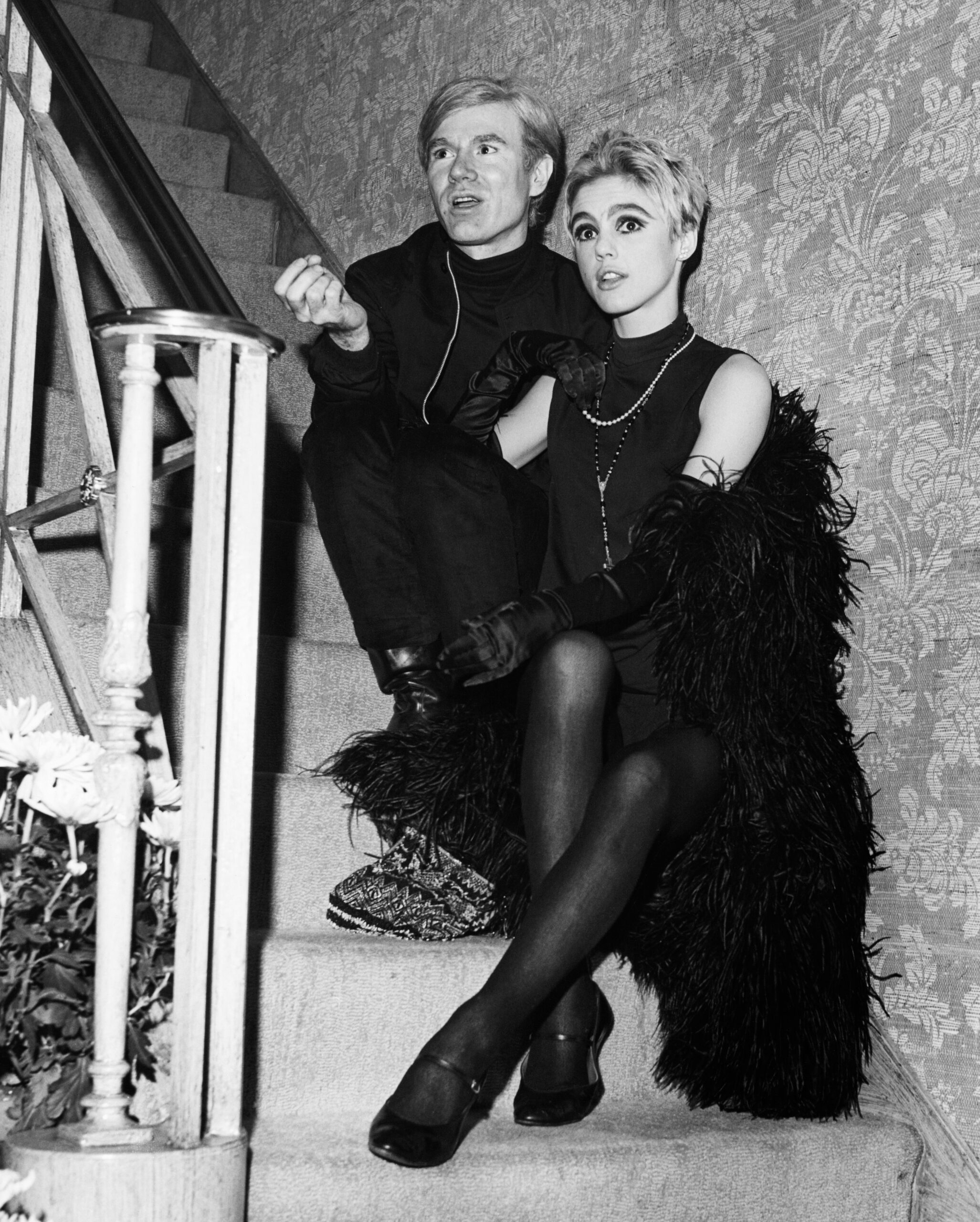I do know a few useful things, like the full list of Scrabble two-letter words or how to do statistical analysis. Yet if I wanted to win Mastermind, I would probably get the chair with the topic of ‘It Girls’.
This extensive canon of knowledge is not gleaned from personal experience. When I was young I had problematic facial hair, wore smelly Doc Martens, lived in a damp flat, worked at numerous horrible jobs and subsisted on rice and peas for months at a time. I was more of a Shit Girl, really. Yet I studied glamorous role models like I was swotting for a calculus exam.
There was the early era Sylvia Plath during the time she won a guest editorship at Mademoiselle magazine and lived in Manhattan, as a girl about town, a 1950s incarnation of the genre.
Or the femme fatale Lady Caroline Blackwood, hugely privileged, ravishingly beautiful, aristocratic. She had “reckless blood,” she said, “which seethed and tingled like champagne”. She was the muse for artist Lucian Freud and poet Robert Lowell.
I also crushed on party girls like Edie Sedgwick who wore chandelier earrings, black opaque stockings, lived at the Chelsea Hotel and inspired Andy Warhol.

Edie Sedgwick with artist Andy Warhol.
So although I was living in Auckland, catching the Link bus, wearing acrylic knickers and thought a 65c bran muffin was a splurge, I was also a kind of manic pixie dream girl in my unlived dreams.
In an alternate reality I felt I ought to be a wealthy, skinny, unemployed young woman – the official It Girl definition – a modern Zelda Fitzgerald, carefree, glamorous and privileged, famous for doing nothing (one of my horrible jobs was washing very large lasagne dishes at a deli, doing nothing sounded very appealing).
It Girls did not have chapped hands. They were hedonistic and wildly adored by intense men. It seems easier to try to inspire genius than fight the tedious battle every day of really doing the work, the writing or the painting.
Anyway, that was yonks ago. These days I don’t party. I have a quiet life and make my bed very neatly every morning, with a white linen duvet printed with Schubert Preludes. I have a car which always has a warrant of fitness. My calendar is full with children’s swimming lessons and my fridge is currently stocked with broccoli soup, not champagne. My It Girl fixation has long gone. At least I thought so.
So I got a bit of a shock when I just read a memoir by a modern It Girl called Cat Marnell and I felt the stirring up of all those bad brain chemicals, a certain miffedness at why real life is sometimes un-fun.
You probably haven’t heard of Cat Marnell because, in true It Girl tradition, she hasn’t really done anything much – she probably doesn’t even know QI is a word in Scrabble let alone have heard of ‘regression from the mean’ – but she has written a tell-all book called How to Murder Your Life chronicling her sexual and narcotic adventures working as a beauty editor at magazine company Condé Nast, the ne plus ultra for It Girls.
As a magazine beauty editor, her stunts included snorting a line of Napoleon Perdis jasmine bath salts off a mirror in her office and getting a $20K raise in approval. Her response: “Lean in, bitches!”

Cat Marnell in 2012.
This is horrible, right? Yet strangely, part of me seemed to feel a sense of ennui, a wistfulness at the ordinariness of my banal life in comparison to hers. I was never an It Girl and now I’m never going to be.
What does perplex me in retrospect is why did I want to? Why did I think being a semi-starved, self-obsessed clothes horse with a pathological need for attention was something to which one should aspire? I just hope my daughter finds role models without fake tan or a coke habit. I could never see the addictions and disorder which were required to maintain the It Girl’s image.
Marnell doesn’t do much to remind you of the acid in your teeth, the blackouts and lost jobs and lost cash and lost self-respect that go with the party girl life. Or how being a beautiful loser is sexy when you are young, but a hot mess turns into just a tragic puddle when you’re old.
But I’ve come to think my obsession with It Girls is more than just a yearning for glamour. It’s part of a generalised but decidedly unhelpful belief that things should come easily. That some people possess a special talent which makes life effortless. That anything you have to work for isn’t as valued as being able to sashay through life easily, nonchalantly, insouciantly.
The one thing all those It Girls had in common was a sense of entitlement; and for many of them they were simply rich and spoilt.

Doon Plunkett, John Norton and English writer and journalist Lady Caroline Blackwood on a holiday in 1953.
The It Girl fixation is also intrinsically entwined with life as a kind of titillating performance for other people to watch, a notion that the sneaky, reluctant envy of others is always more valuable than the willing good opinion of yourself. Surely generating this grudging jealousy is the whole reason why anyone courts the public gaze of the society pages or the red carpet.
Instead of idolising them, I should really have felt sorry for those sad young women. The desperate desire for adulation is a fraught project, destined to fail. The truth is, if you’re a persona, you’re never going to be a person. And an It Girl seldom grows into a real woman. Whatever ‘It’ is, it doesn’t last.
Cat Marnell is 34 but still gripped by her addiction to amphetamines, and sounds sad when she says she wishes she could have a relationship and children. Edie Sedgwick died of “probable acute barbiturate intoxication”. She was 28. Caroline Blackwood spent her later life with “her powers greatly depleted by alcoholism”. Sylvia Plath gassed herself while her children slept in the next room.
So. I was never an It Girl, but I am a human being and I am still alive. I better get up and make my bed.

